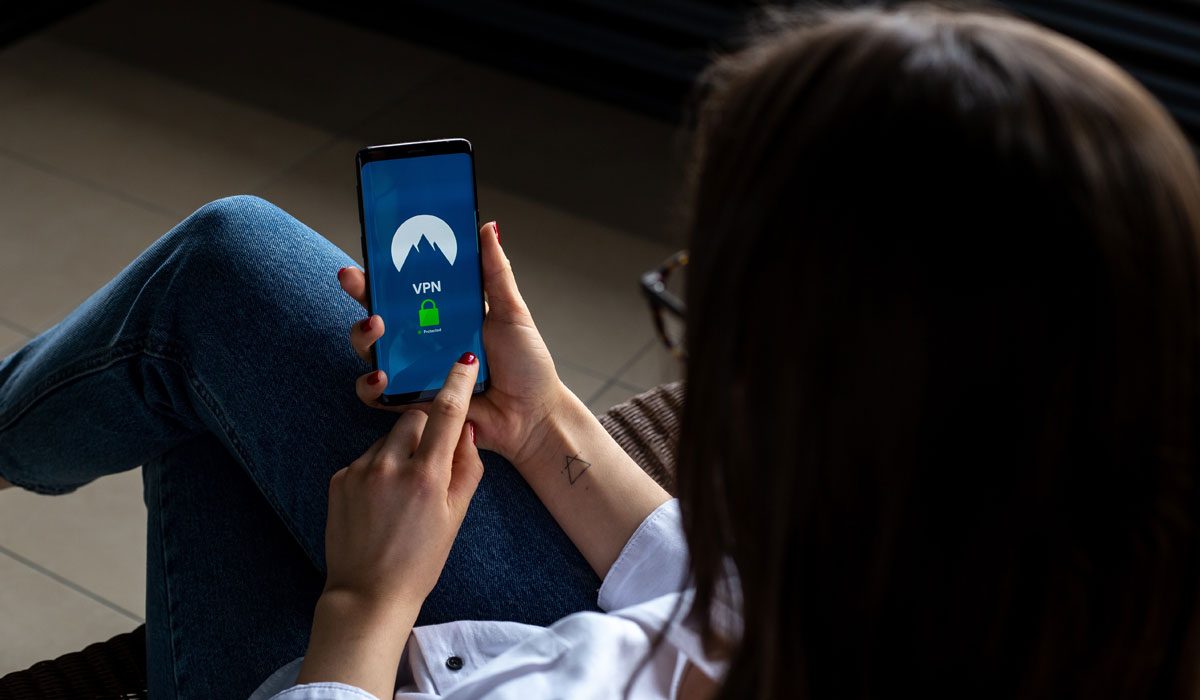Technology has never been more important in the restaurant business. More specifically, we are seeing an increase in digital tools and software that help restaurants improve their processes and profitability.
Lots of restaurants have learned the value of technology early on. However, the global COVID-19 pandemic has sped up the adoption of new tech in restaurants on a global scale and restaurant security has never been more important.
More and more establishments are focusing on delivering food to their customers, pick-ups, and online orders. However, with great power comes great responsibility—all these technologies pose great security risks that need to be tackled in the future.
Here are some of the main security goals for 2021.
Reinforced Sanitation Measures and Safety Overall
Sanitation has always been important in restaurants. The pandemic has made consumers even more aware of its importance. One of the things that have become essential is personal protective equipment (PPE). Mask and gloves can go a long way in reducing the risk of spreading the novel coronavirus.
Plus, it communicates to the guests that the restaurant has taken precautionary measures to prioritize their guests’ health.
Restaurants should also adopt rigorous sanitation and hygiene measures. Guests, as well as employees, should have access to hand sanitizers strategically placed across the restaurant.
When it comes to overall safety, restaurants should do their best to facilitate physical distancing for the staff. Furthermore, restaurants should stay compliant with national regulations and respectfully maintain the recommended distance between guests, tables, and the maximum number of guests at a time.
Contactless Orders and Payments
Contactless interaction has become a key factor for some customers. Contactless orders and payment systems deliver an exceptional dining experience and boost security in a variety of ways.
Given the ongoing pandemic, ensuring there is limited face-to-face interaction is a move in the right direction. One recent study discovered that contactless ordering options make 81 percent of customers feel safe dining in, while 82 percent have the same opinion about contactless payment options.
Contactless orders and payments have a positive impact on public health because they reduce the number of surfaces a guest has to touch. The number of contacts between guests and restaurant staff is also minimal. Not to mention that the entire process can improve order accuracy and eliminate the risk of a “dine and dash”.
Protecting Wi-Fi
Consumers expect to have free WiFi at restaurants. On the other hand, public WiFi networks are incredibly unsafe and need to be protected. Leaving the Wi-Fi as it is can potentially result in a cyberattack aimed to steal the guests’ private and payment information. The risk extends to the restaurant itself.
There are several things restaurants can do to protect their WiFi networks. Updating the WiFi router firmware is of the utmost importance because new patches contain hot fixes for security vulnerabilities. Additionally, restaurants should enable encryption on their WiFi networks and secure them with passwords.
The best and most secure practice would be to keep the restaurant network separate. Investing in a new router and using it specifically for the guest network helps restaurants protect their network while delighting guests.
POS Exception Reporting is a Must
Restaurants have to do everything in their power to remain profitable in 2021. Reinforced sanitation measures and contactless orders and payments are only a few aspects of this extensive strategy. Implementing a point-of-sale system is definitely worth considering. Especially the POS that has an exception reporting feature.
These systems make it easier to recognize shady transactions. There are several things that POS exception reporting can offer to restaurants.
First of all, restaurants will be able to prevent losses. Since every employee has to login to use the system, it becomes easy to identify those responsible for voids, refunds, and shady transactions. You can also set up exception reporting to detect and record drawer opens, suspended transactions, and use of coupon codes and promotions.
Protecting Isolated Workers
24/7 restaurants have employees that deal with people alone, such as those working on drive-thru. These employees are exposed to the potential risks associated with isolated shifts. There are a variety of cheap and simple solutions that can help them.
The simplest solution would be to invest in a barrier that helps keep the employees safe from potential unwanted contact with customers. An opening big enough so that food packages can go through is all that’s required.
A video surveillance system can also help to protect isolated workers. Both these solutions are affordable and can be implemented on short notice.
Conclusion
There are plenty of ways restaurants can future-proof security. Technology-driven innovations offer a lot to businesses in the hospitality and food industry. What’s important about all these tips is that they deliver benefits on both ends. Restaurants will be able to protect their employees and appear trustworthy and caring to their guests.
Sam Meenasian is the Operations Director of USA Business Insurance and BISU Insurance and an expert in commercial lines insurance products. With over 10 years of experience and knowledge in the commercial insurance industry, Meenasian contributes his level of expertise as a leader and an agent to educate and secure online business insurance for thousands of clients within the Insurance family.













